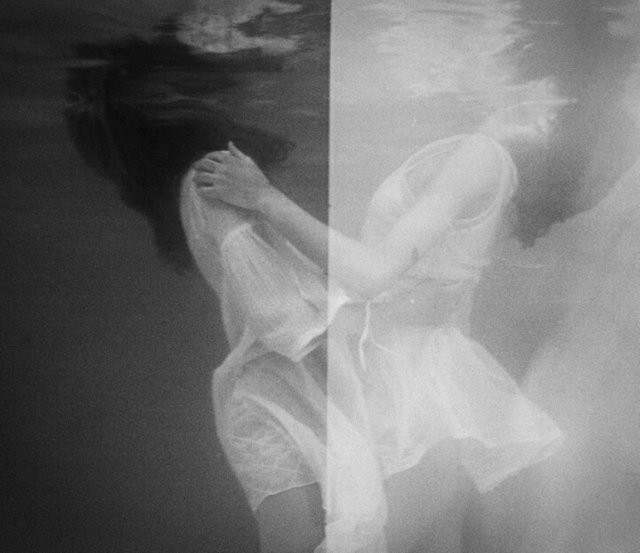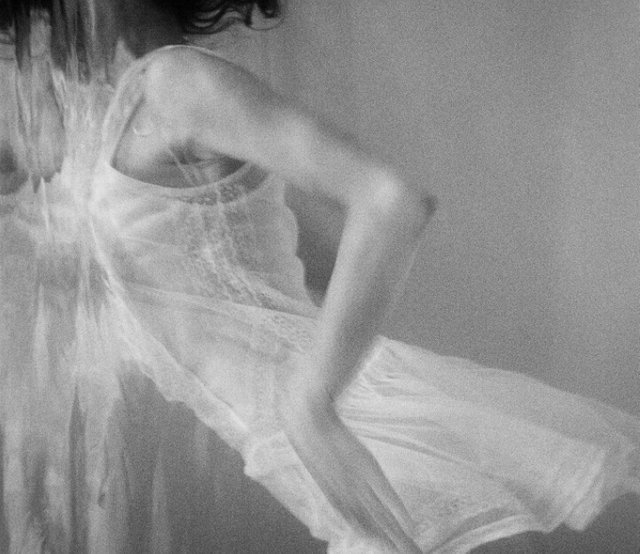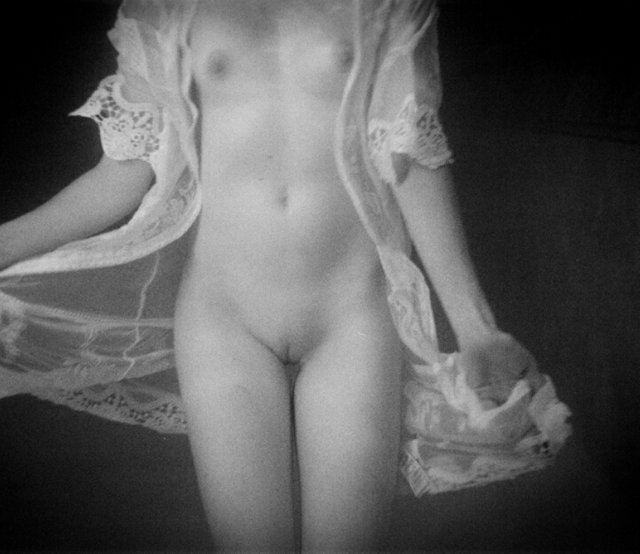The Curve.
Just when I thought I’d learned all I needed to know about the technical side of photography, along comes my desire to shoot underwater. The mechanics of photography, above water, despite how complicated it may look, is actually very simple. Essentially, to get the ‘correct’ image, you have about eight aperture sizes and twelve(ish) shutter speeds – all you need to do is combine one of each to get the right amount of light onto your film, you point your camera at something and press the button at the right time. Simple.
Underwater photography, for me, not so simple. Suddenly, I’m back to a schoolboy 1.01 learning curve – actual and perceived focus distance (your subject isn’t as close as you think), counter refraction (your subject is where you think it is), colour shifts, backscatter (that sounds like the result of a dodgy curry) and flooded cameras. As I said – not so simple.
I’m going to persevere though, I’ve just ordered a 20mm lens to compliment the 35mm optic, and I’ve booked some sub-aqua lessons with a friend, so I’m committed. Or perhaps I should be committed?
These photographs of Hannah, Courtney, Charlotte and Lydia are from my second underwater shoot. Thank you, Richard Hird, for the use of the pool and the great hospitality. All images here were made using Nikonos III camera underwater camera and 35mm lens. Filmstock is Ilford HP5 400, pushed to 800, for black and white and Fuji Venus 800 (Superia 800) for colour.


